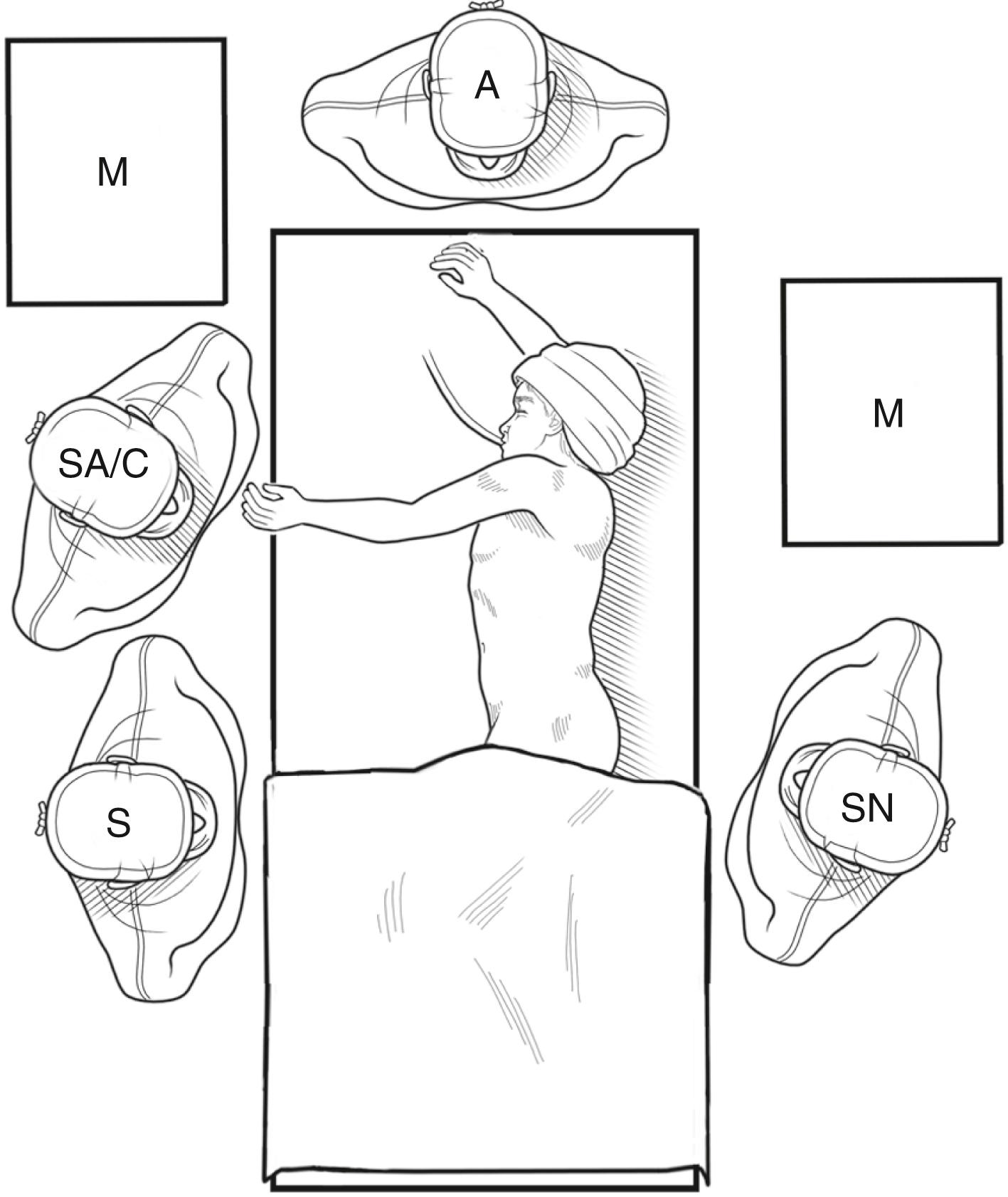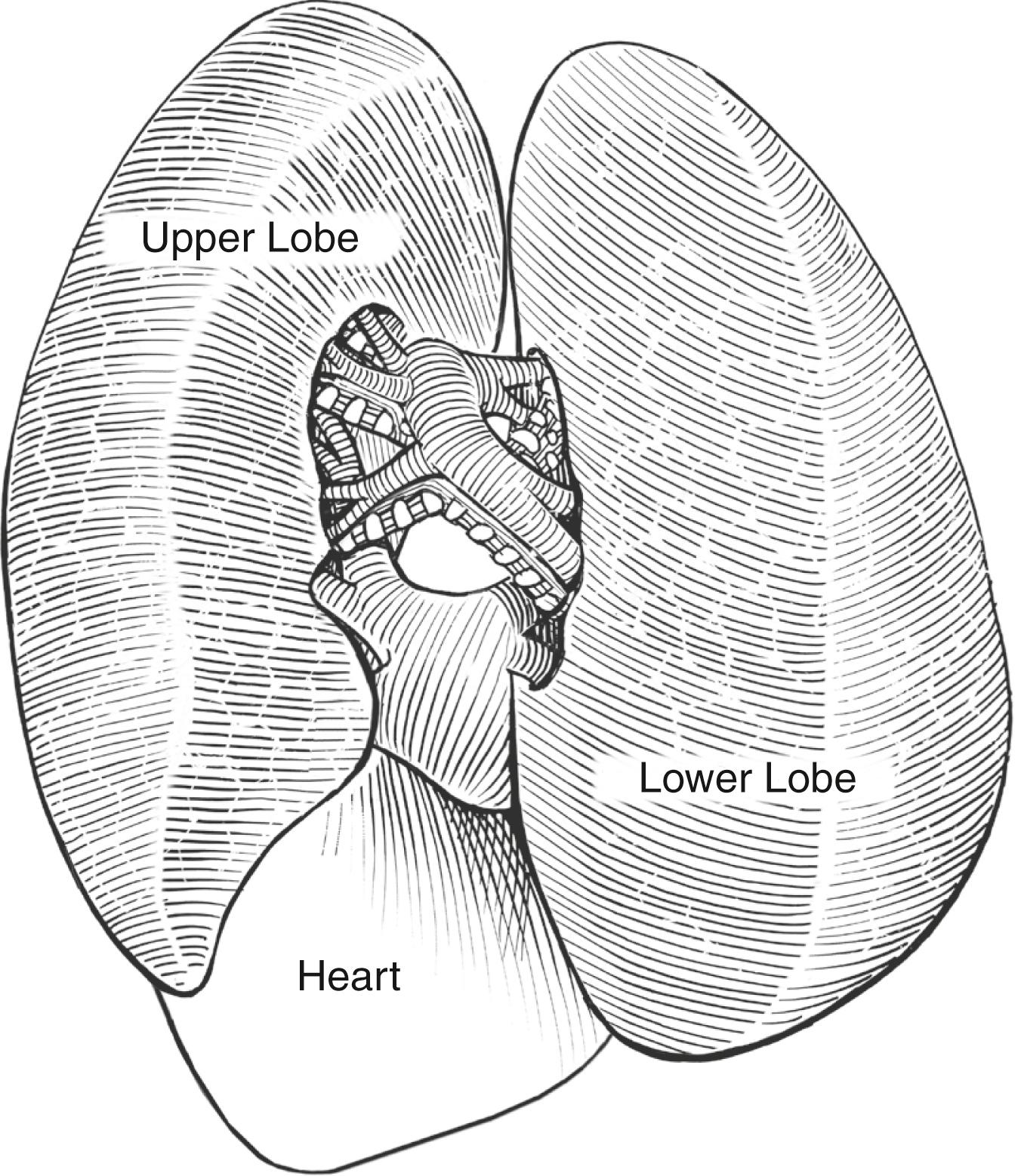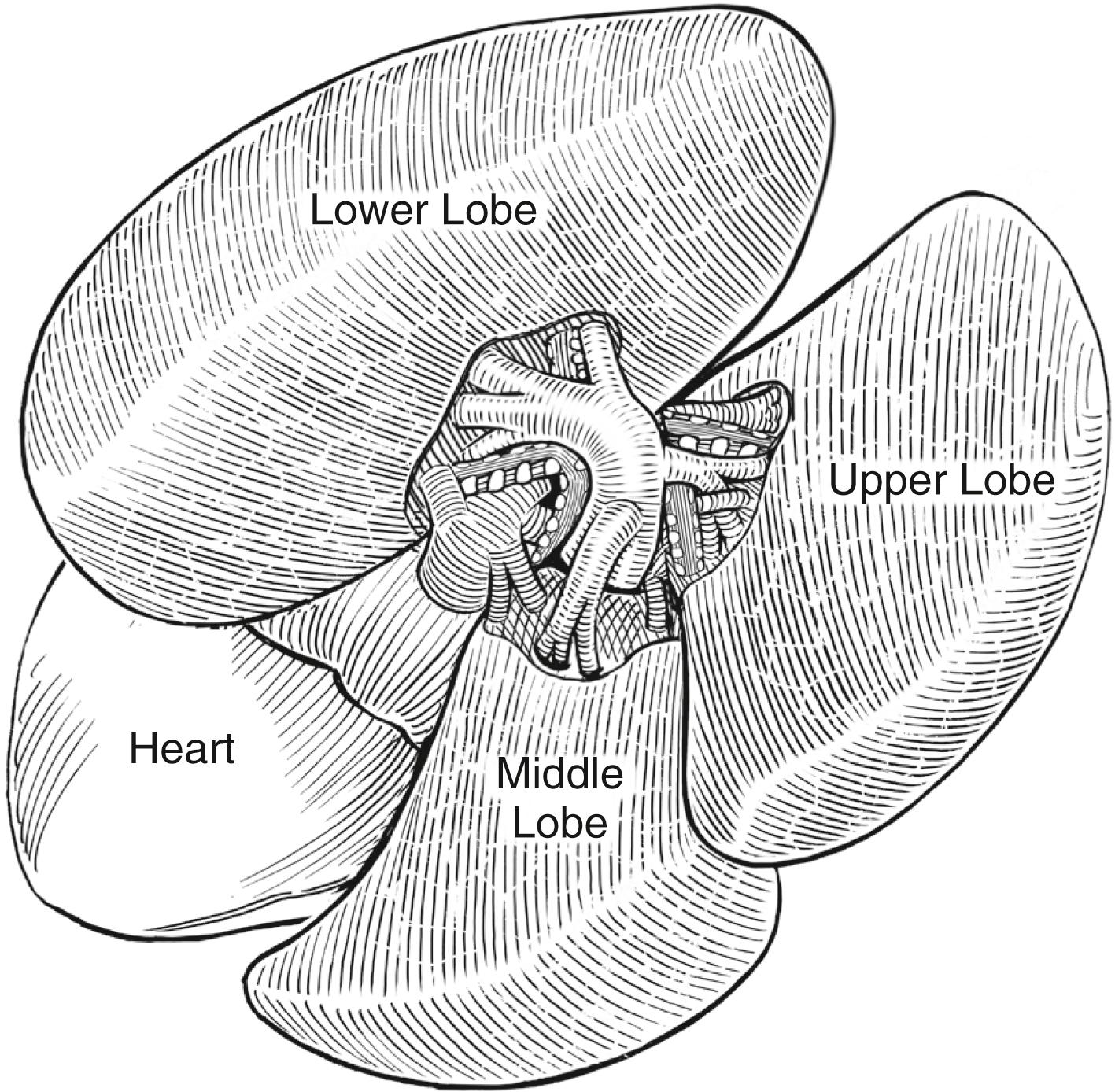Physical Address
304 North Cardinal St.
Dorchester Center, MA 02124
![]() Access the accompanying videos for this chapter online. Available on ExpertConsult.com .
Access the accompanying videos for this chapter online. Available on ExpertConsult.com .
Thoracoscopy was first described in the early 1900s, and by the mid-1990s, thoracoscopic lung biopsy had become accepted as a superior technique for obtaining tissue in cases of interstitial lung disease or malignancy. Thoracoscopy has also become the preferred approach in the treatment of most mediastinal masses in children. However, the thoracoscopic approach for lobectomy, because of the complex nature of the disease process and the anatomic dissection, has not been as readily accepted. Improvements in instrumentation and operative technique over the past two decades have made thoracoscopic lobectomy for congenital and acquired lung disease in children a safe and viable option. In most cases, it is the preferred approach to avoid the morbidity of a thoracotomy incision.
Indications for lobectomy include both congenital and acquired disease. Congenital lesions include congenital pulmonary adenomatoid malformation (CPAM), intralobar and extralobar bronchopulmonary sequestration (BPS), congenital lobar emphysema (CLE), and more rare causes of congenital airway obstruction that result in lung parenchymal injury. Acquired etiologies include severe bronchiectasis, right middle lobe syndrome, necrotizing pneumonia, and malignancy. In most cases, the preoperative evaluation consists of a chest radiograph and computed tomography scan. Occasionally, other studies such as a ventilation-perfusion scan may be needed to determine the degree of lung injury and whether a lobectomy is possible. Rarely, an aortogram or a magnetic resonance angiogram helps identify a systemic vessel or aberrant vascular supply, as in the case of a sequestration. Bronchoscopy should be performed in cases where abnormal bronchial anatomy or obstruction is suspected.
The procedure varies slightly depending on the lobe being resected, but all procedures are performed with the patient in a lateral decubitus position. The room and personnel setup for a left lower lobectomy are shown in Figure 32-1 . The surgeon and assistant stand at the patient’s front with the monitor over the patient’s back. In all cases, single-lung ventilation is desirable if at all possible, but a successful lobectomy can be performed just using CO 2 insufflation to collapse the lung. In larger patients, a double-lumen endotracheal tube is beneficial. In infants and smaller children, single-lung ventilation is obtained by mainstem intubation of the contralateral side or by use of a bronchial blocker. A first- or second-generation cephalosporin is administered for prophylaxis in patients not already on antibiotics.

It is important to understand the anatomy of the structures in the various fissures. The anatomy of the fissure between the upper and lower lobes of the left lung is depicted in Figure 32-2 . The anatomy of the structures in the major and minor fissures between the three lobes of the right lung is seen in Figure 32-3 . When working anteriorly to posteriorly in the fissures, the surgeon encounters the arteries to the lobes first, followed by the bronchial structures. The lobar veins are not adjacent to the arteries and bronchi in the fissures but are seen more inferiorly in the mediastinum.


Become a Clinical Tree membership for Full access and enjoy Unlimited articles
If you are a member. Log in here